Greetings, container home enthusiasts and eco-conscious dwellers! I’m Emily Owens, your trusty guide to the world of container homes, and today, we’re diving deep into a topic that’s as important as it is intriguing: energy consumption patterns in container homes.
Container homes, with their sustainable and innovative design, have been making waves in the housing industry for years now. However, one question that often arises is, “How energy-efficient are these trendy steel boxes converted into cozy abodes?” Well, dear readers, let’s get to the bottom of this electrifying question.
The Eco-Friendly Appeal of Container Homes
Before we delve into the nitty-gritty of energy consumption, let’s remind ourselves why container homes are considered eco-friendly in the first place. These remarkable structures are a sustainable alternative to traditional housing for several reasons:
Repurposing and Recycling
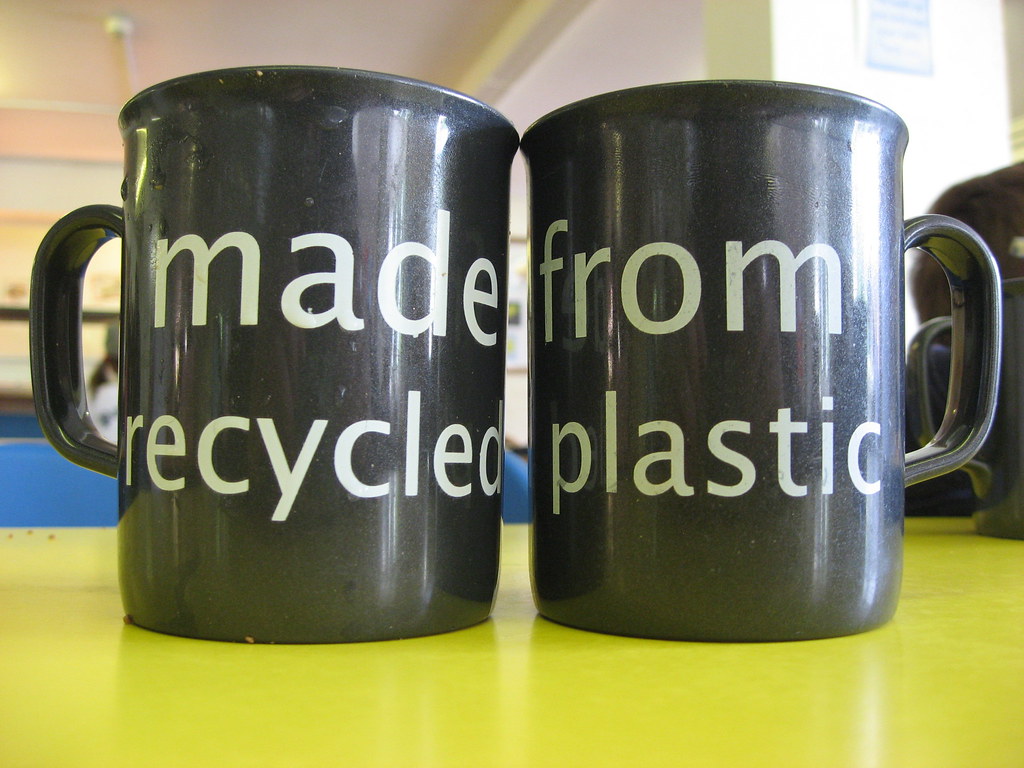
Container homes take used shipping containers, which would otherwise end up in a landfill, and give them a new lease on life. This recycling of materials reduces waste and contributes to a greener environment.
Efficient Use of Space
Container homes are compact and efficient, requiring less space and resources to build. This means fewer materials used in construction and a smaller environmental footprint.
Durability
Constructed to withstand the harshest weather conditions while crossing the world’s oceans, shipping containers are incredibly durable. This durability extends to container homes, reducing the need for frequent repairs and replacements.
Now that we’ve refreshed our memories on the eco-friendly aspects of container homes, let’s get to the heart of the matter: energy consumption.
Energy Consumption in Container Homes
Container homes are often equipped with various energy-saving features and technologies. Still, like any other dwelling, they come with their own set of energy consumption patterns. Let’s take a closer look at these patterns and how container homeowners can optimize their energy usage.
Heating and Cooling
To combat this, many container homes incorporate insulation materials like spray foam or rigid foam boards. These insulating layers help maintain a comfortable interior temperature, reducing the need for excessive heating or cooling.
Additionally, container homes often use energy-efficient HVAC systems, such as mini-split heat pumps, which are known for their energy-saving capabilities. These systems can efficiently heat or cool the space, depending on the season, while keeping energy consumption in check.
Lighting
Container homes are usually designed with ample natural lighting in mind. Large windows and strategically placed skylights minimize the need for artificial lighting during daylight hours, thus conserving energy.
When artificial lighting is required, container homeowners often opt for energy-efficient LED bulbs. LEDs not only consume less electricity but also have a longer lifespan, reducing maintenance and replacement costs.
Renewable Energy Sources
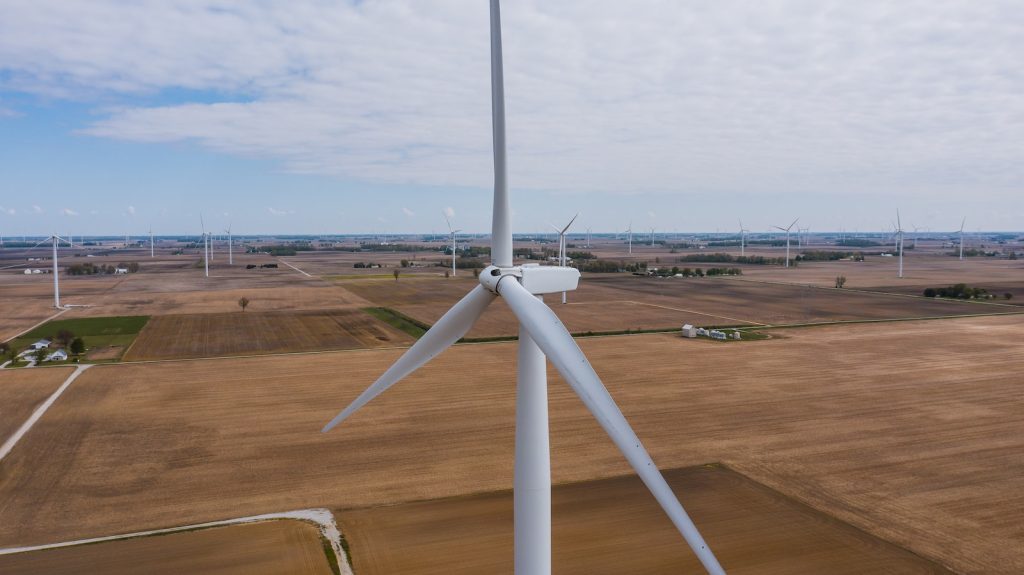
One of the most exciting aspects of container home living is the potential for integrating renewable energy sources. Solar panels, for instance, can be mounted on the roof of a container home to harness the power of the sun.
Solar panels, when combined with energy storage solutions like batteries, can provide a container home with a sustainable source of electricity. Excess energy can be stored for use during cloudy days or at night, further reducing reliance on the grid.
Water Heating
Efficient water heating is another critical aspect of energy consumption in container homes. Tankless water heaters, which heat water on-demand, are a popular choice for these homes. They not only save space but also minimize energy wastage associated with heating and storing large quantities of water.
Appliance Selection
The choice of appliances plays a significant role in energy consumption patterns. Container homeowners are encouraged to opt for energy-efficient appliances with ENERGY STAR ratings. These appliances consume less electricity, helping to reduce overall energy costs.
Real-World Examples
Now that we’ve covered the basics, let’s explore some real-world examples of container homes and their energy consumption patterns.
The “EcoHaven” Container Home
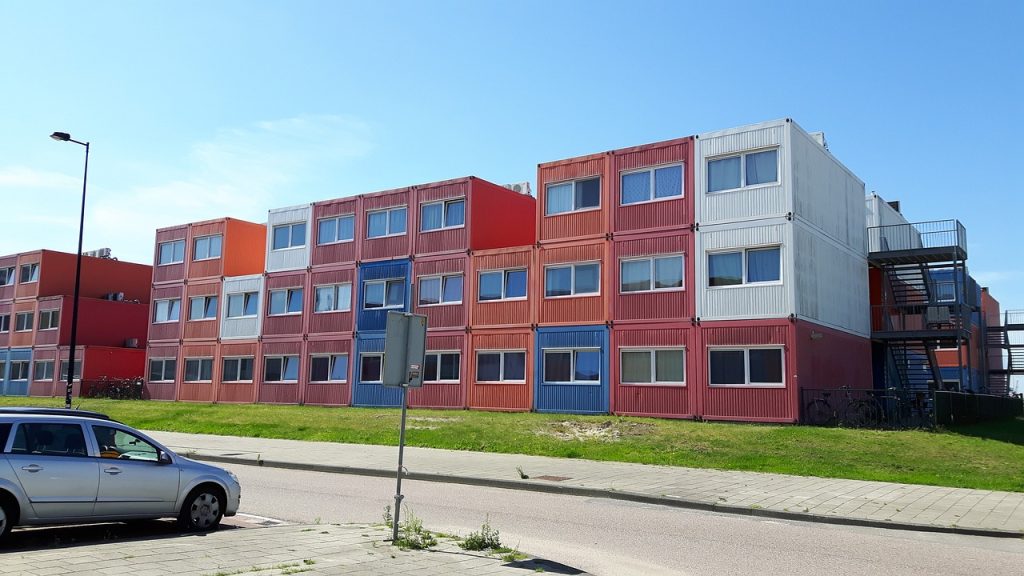
The “EcoHaven” is a stunning container home located in California. It boasts a 1,600-square-foot living space created from six repurposed shipping containers. To maintain a comfortable temperature year-round, the EcoHaven features:
- High-quality insulation: Rigid foam insulation ensures that the interior remains cozy, even on scorching summer days and chilly winter nights.
- Solar power: A solar panel array provides the majority of the home’s electricity needs, making it nearly self-sufficient in terms of energy consumption.
- Passive design: Strategically placed windows and cross-ventilation ensure minimal reliance on air conditioning and heating.
The “GreenCube” Tiny Container Home
The “GreenCube” is a compact container home located in Oregon, designed with minimalism and sustainability in mind. Despite its small size, this home boasts impressive energy efficiency thanks to:
- Efficient heating and cooling: A mini-split heat pump keeps the interior comfortable while using minimal energy.
- LED lighting: The GreenCube uses LED bulbs exclusively, reducing lighting-related energy consumption.
- Off-grid capability: With a small solar panel system and a composting toilet, the GreenCube can operate off the grid for extended periods.
Conclusion
Container homes offer an exciting blend of sustainability and innovative design. While they do come with their own set of energy consumption patterns, these can be effectively managed through insulation, energy-efficient appliances, renewable energy sources, and smart design choices.
As container homes continue to gain popularity, we can expect to see even more innovative solutions to reduce energy consumption and make these eco-friendly dwellings even more sustainable. So, whether you’re already living in a container home or considering making the switch, rest assured that with the right choices, you can enjoy a comfortable and energy-efficient lifestyle in your steel abode.
Stay tuned for more container home insights, tips, and tales in the world of sustainable living. Until next time, happy container dwelling!












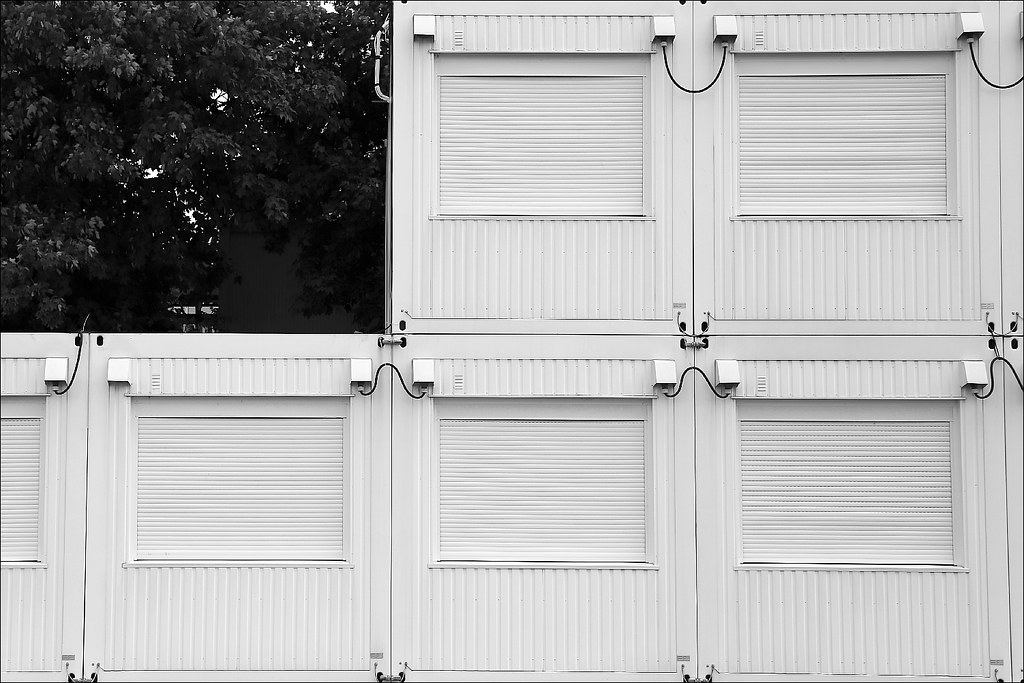




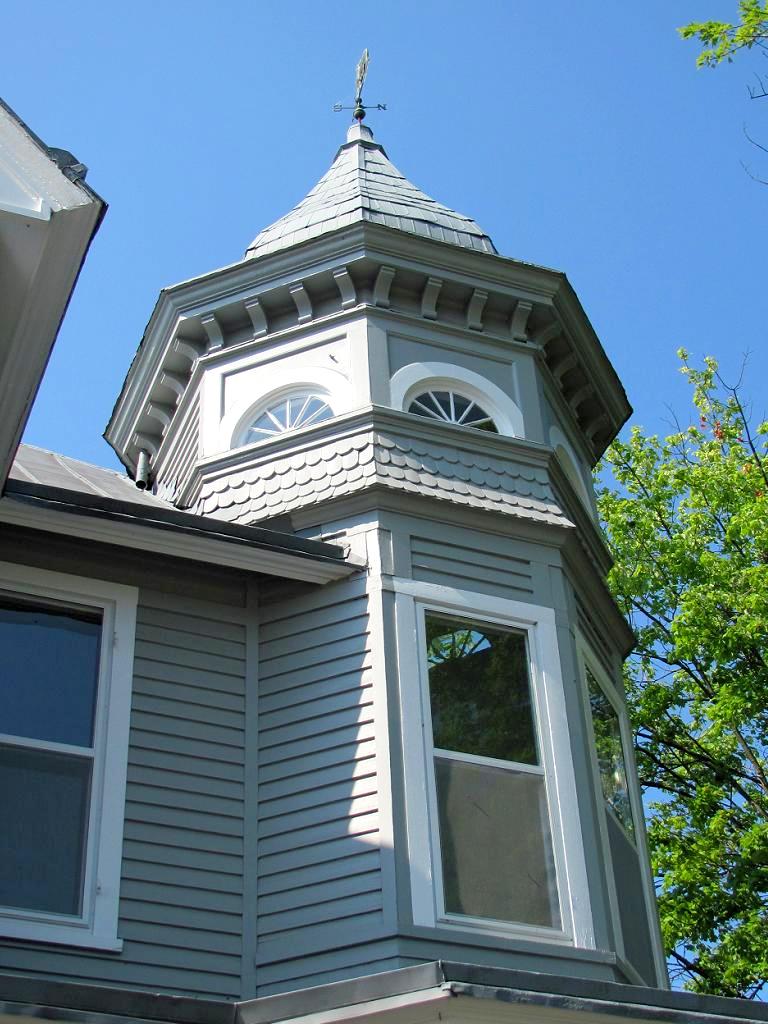
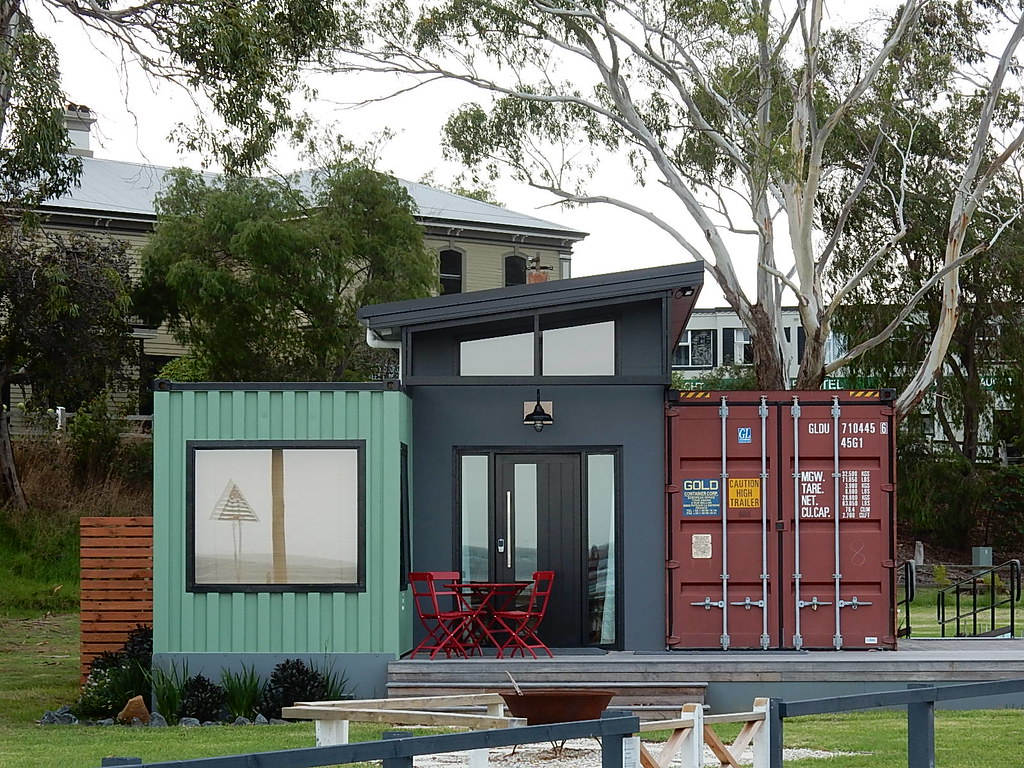
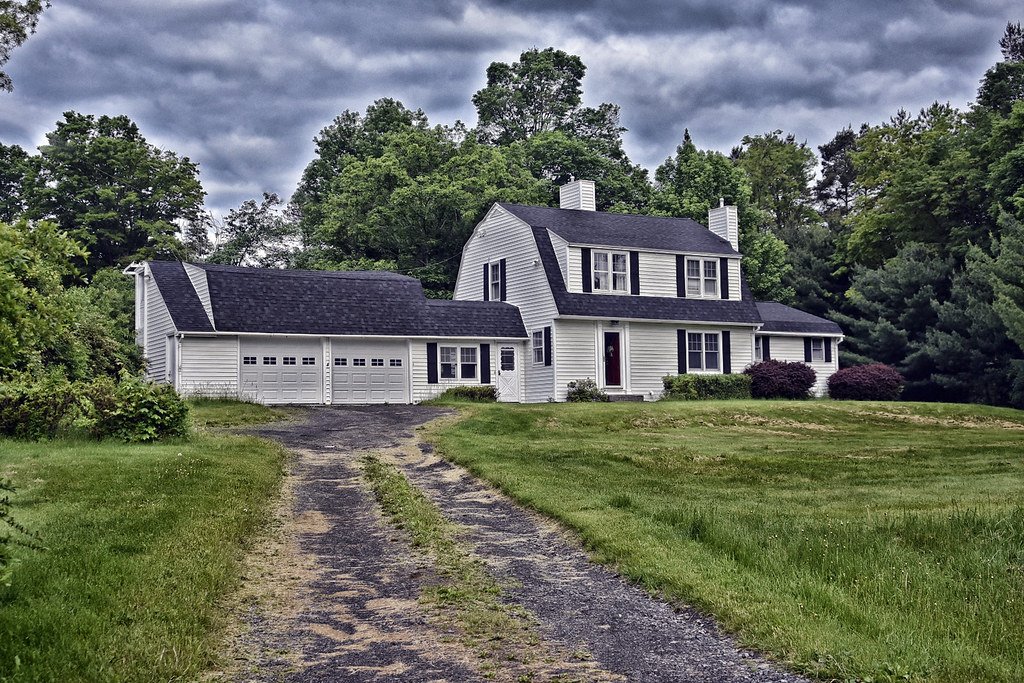

Find Us on Socials